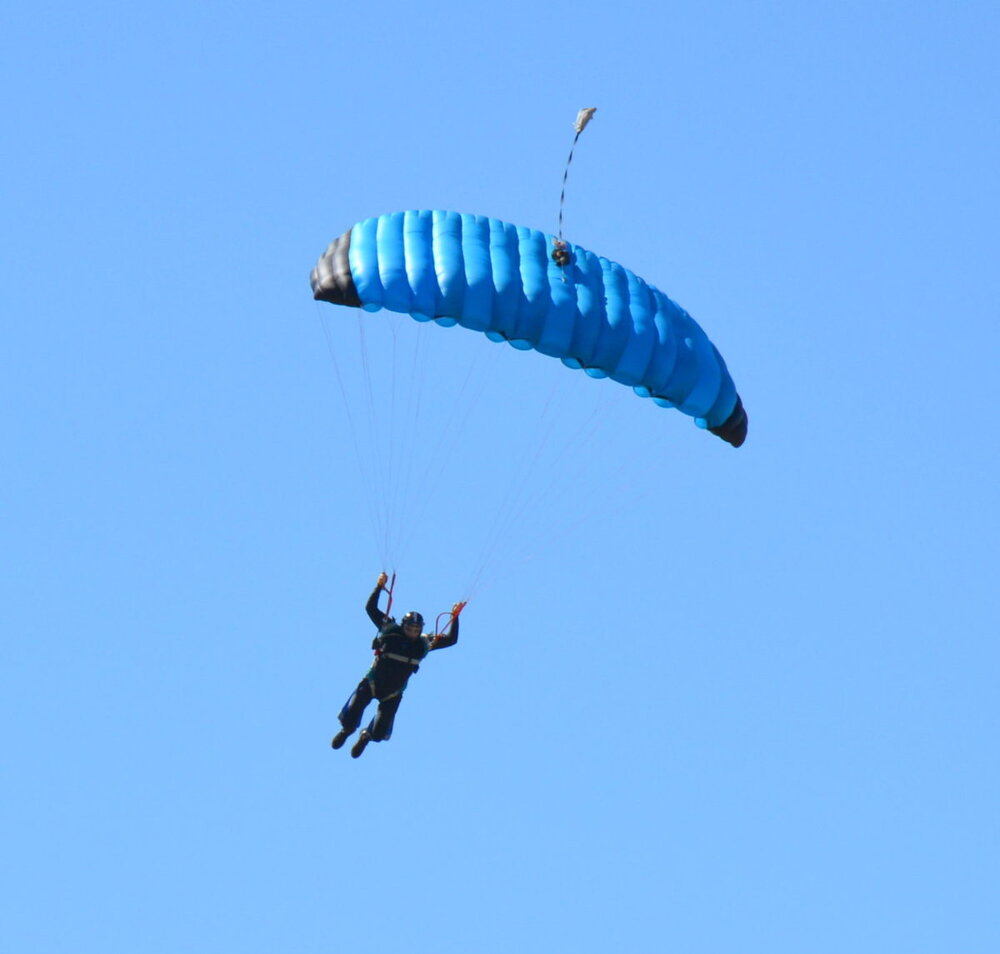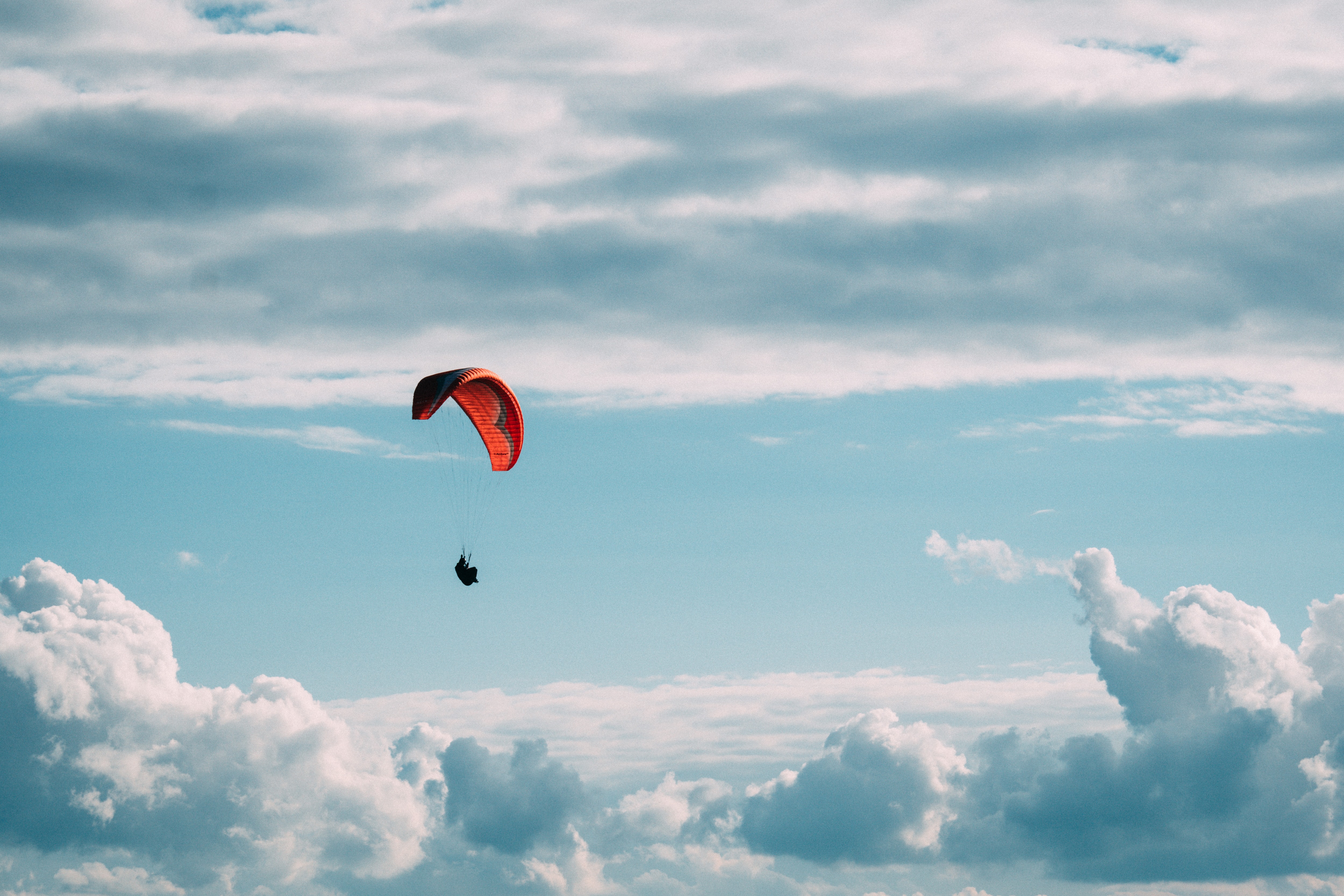How does the length of a string affect a Parachute?
The life of a parachutist is literally in your hands. This is because the length of the parachute rope influences how high and far a person will fly when they leap out of an airplane. The longer the cable, the higher and further one may travel. This blog article will explain why this is true and offer examples of various lengths to demonstrate how it appears on paper.
The length of a parachute's rope influences its form and function. Because there is greater air resistance when using a lengthy piece of string, it will take longer for the parachute to deploy. That is why many parachutes are built of small parts that snap together so they may be released fast and easily.
The length of a parachute's rope influences its form and function. Because there is greater air resistance when using a lengthy piece of string, it will take longer for the parachute to deploy. If you utilize shorter pieces joined by knots, they will form an extended triangle shape that is considerably larger than a single single-length strand.
1. String
2. Parachutes
3. String length
4. How does the length of the string affect a parachute
5. The longer the string, the smaller and less stable the parachute will be since it has a greater surface area to capture wind resistance and other variables that might cause flight instability, as well as increased weight on one end, producing an imbalance in weight distribution for flight stability.
Which is the slowest parachute?
A drogue chute is the slowest type of parachute. Because it is the tiniest and lightest of all parachutes, it has the least amount of drag. The drogue chute will deploy at around 200 feet above ground level (AGL) to balance the aircraft before the main canopy falls from 10,000 feet above ground level (AGL).
What is the speed at which a parachute slows you down?
One of the essential safety equipment for individuals who jump out of planes is a parachute. If you've ever skydived or base jumped, you know how quickly a parachute slows you down. It is not instant, and it must be estimated depending on your weight, height above land, and wind speed at altitude. To discover out how much air resistance influences your fall rate, use our simple calculator.
The parachute is one of the most crucial pieces of equipment when jumping out of a plane. It not only serves to delay your fall and keep you alive; it also helps stabilize your descent to land more efficiently. But how quickly can a parachute slow someone down?
Fortunately, this value may be calculated using formulae and equations. According to one such equation, "the terminal velocity when falling with a parachute is roughly 50% more than without."
" This implies that if a person jumps out of a plane at the speed of 30 mph, they will fall slower in free fall than if they are wearing a parachute. As long as the user isn't carrying any extra weight, such as boulders or thick garments, they should be able to maintain."

What causes the parachute to fall?
A parachute is an essential piece of equipment for anyone planning to leap out of an airplane. A standard parachute must slow the descent of a minimum of 20 times its weight while still providing sufficient air circulation to avoid overheating. There are numerous reasons why parachutes can fail and drop prematurely, and this article will go through a few of them in depth.
When deploying the parachute, the first explanation might be as simple as a harness failure or a damaged wire. In these situations, once deployed, there would be no way to rectify the malfunction, which might result in death due to a shortage of oxygen or severe heat loss during free fall. You should climb back up if your parachute is deployed in less than 30 seconds after leaping out of the plane.
How to Make a Parachute fall slowly?
You're probably wondering how to make a parachute fall gently. I'll give you my response. The secret lies in the parachute's design, which must have a high surface area and a low drag coefficient. If one half has more fabric than the other side, the twisting action will delay the drop velocity.
You may also experiment with attaching weights or other things to your canopy (or chute) to make it drop faster than merely air resistance.
The solution is simple: just add lots of air to it! Air resistance reduces an object's drop rate, and the same concept may be used to parachutes by injecting more air into their canopy.
To do this, you'll need a valve that will release surplus air from your parachute when it's time to land or slow down. This ensures that your parachute drops smoothly and does not crash to the ground like a rock! So, the next time you prepare for a skydive or a leap out of an airplane, remember to include an additional bag of air before letting go!
Have fun with it now that you know how to make a parachute fall gently!
The length of the rope influences how long it takes for a parachute to open and slow its descent. A shorter string length implies you're more likely to be trapped in trees, shrubs, or other objects during your fall, which increases your risk of injury due to lower air resistance.
If you use too much string, there is a greater chance that it may wrap around something on its trip up into space before breaking off and returning to you!



